Do you think you know intriguing details about the Knights Templar? Today, the term “Templar” often brings to mind villains from the “Assassin’s Creed” video games or the bizarre secret organization in Dan Brown’s “The Da Vinci Code.” If these are your references, it’s about time you change your understanding. Remember, the Knights Templar were genuine historical figures. As you’ll uncover below, this group started as a motley crew and evolved into a formidable power. So, who were these mystical knights in truth? What resulted in their eventual downfall? We’re here to provide answers to these queries and beyond. So prepare your blade and buckler, dive into these 25 captivating details about the Knights Templar that will upend everything you presumed to know about this enigmatic fraternity.
Founded to protect pilgrims
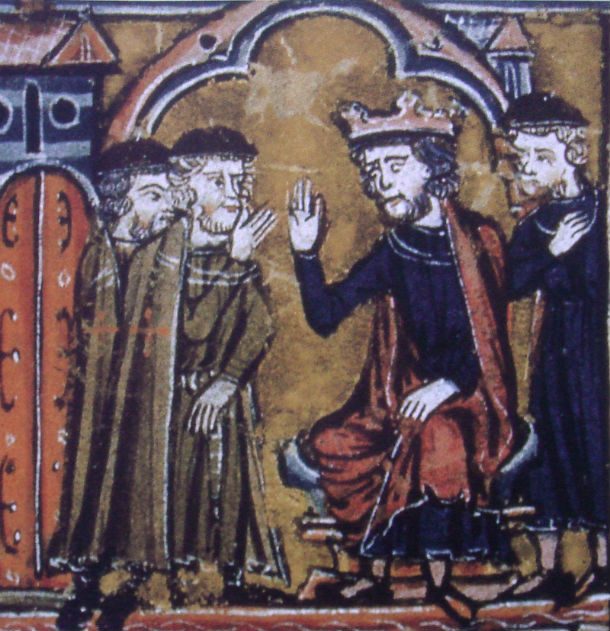 Source: http://www.medievalwarfare.info/templars.htm
Source: http://www.medievalwarfare.info/templars.htm After the conquest of Jerusalem by the Crusaders in 1099 CE, the Middle East saw a sudden influx of Christian pilgrims on their way to visit the Holy Land. Though the city was under some protection, much of the surrounding area was unpoliced, allowing roving bandit gangs to move in and prey on unsuspecting and defenseless pilgrims. This is where the Templars first came into play.
In 1119, some of the knights who had fought in the first Crusade banded together with the blessing of King Baldwin II of Jerusalem to form the order that would later come to be know as the Knights Templar; an order of monastic warriors devoted to protecting the pilgrims of Jerusalem and the surrounding kingdoms known as the “Outremers.”
Humble origins
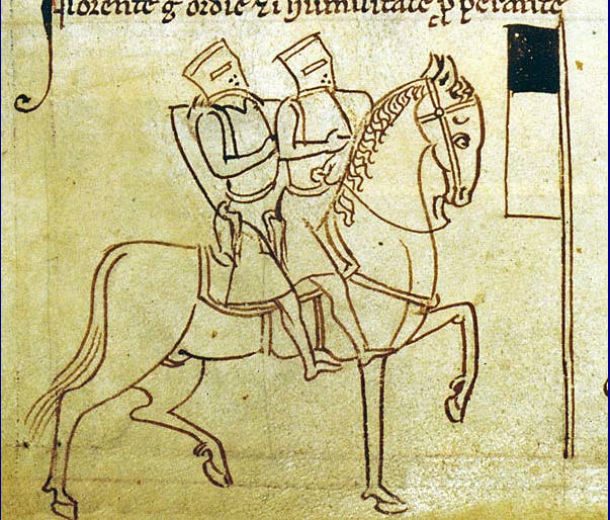 Source: http://www.medievalwarfare.info/templars.htm
Source: http://www.medievalwarfare.info/templars.htm Not everything was easy for the Templars right away. In fact, for the first 10 years of the order’s existence, the knights struggled greatly with membership and finances. Upon their founding, the order had only nine knights and even fewer horses, thus inspiring one of the most famous symbols of the Templars which depicted two armored knights riding on the back of a single horse. It wasn’t until the order was officially recognized by the Roman Catholic Church in 1129 CE that they began building more popularity outside of the Holy Land and would eventually became a powerhouse organization across all of Christendom.
The Poor Fellow-Soldiers of Christ and of the Temple of Solomon
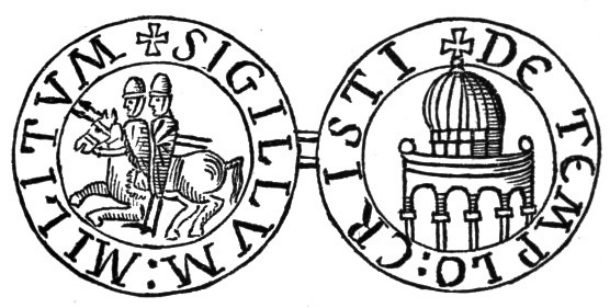 Source: http://www.medievalwarfare.info/templars.htm
Source: http://www.medievalwarfare.info/templars.htm Throughout history, Templars have been referred to everything from simply Templars, to Knights Templar, to the Poor Knights of Christ, and to the Knights of the Order of the Temple. However, their original title is the much more verbose: “Poor Fellow-Soldiers of Christ and of the Temple of Solomon.” This full name dates all the way back to the Templars’ founding after the first crusade, and references the vows of poverty taken by knights as well as the order’s connection to the mythical Temple of Solomon.
The Temple of Solomon
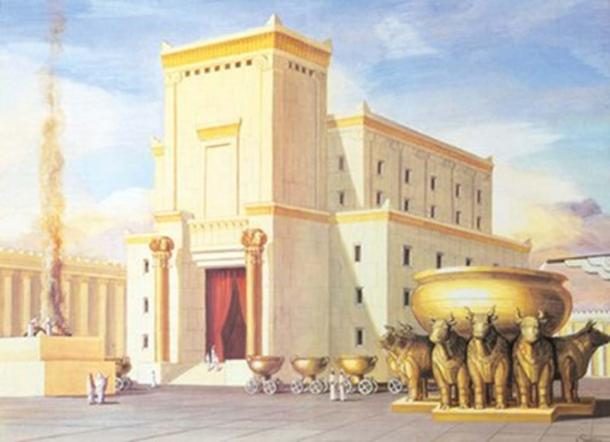 Source: https://www.realmofhistory.com/2016/04/15/10-incredible-facts-knights-templar/
Source: https://www.realmofhistory.com/2016/04/15/10-incredible-facts-knights-templar/ The Temple of Solomon was a biblical temple that is thought to have once stood on Temple Mount in the holy city of Jerusalem, which is today the location of the famous Dome of the Rock as well as the Al-Aqsa Mosque. When Jerusalem was captured by the Crusaders during the first Crusade, they renamed Al-Aqsa to Solomon’s Temple. They believed the mosque was built over the ruins of the original temple and later gave the whole place to the newly formed Templars who would name themselves after the temple and use it as a headquarters until the eventual fall of Jerusalem to Muslim forces in 1187 CE.
The Crusades
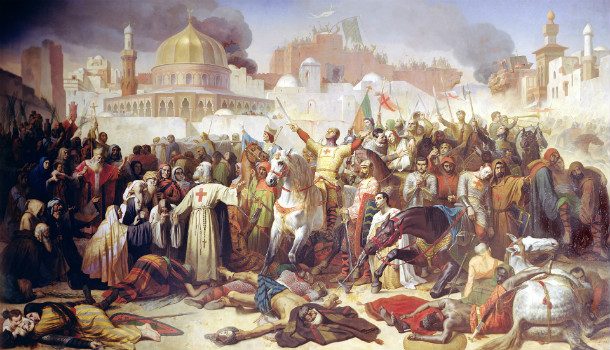 https://www.ancient.eu/Knights_Templar/
https://www.ancient.eu/Knights_Templar/ The Knights Templar were very active during the Crusades. Their superior equipment, training, and tactics meant that they played a key role in turning the tide of a battle on a couple occasions. They often served as protectors and reinforcements for the newly established crusader states in conquered or reconquered lands, helping to protect pilgrims, supply routes, and even rebuild fortifications.
They helped to secure victories in many major conflicts such as the siege of Acre in 1189-1191 CE, the battle of Montgisard in 1177, the conquering of Damietta in 1218-1219. Unfortunately, they also participated in the controversial and brutal sack of Constantinople in 1204. There, the Crusader forces were called on to defend the ancient city from invaders, but instead, they pillaged and destroyed the city themselves.
The white mantles
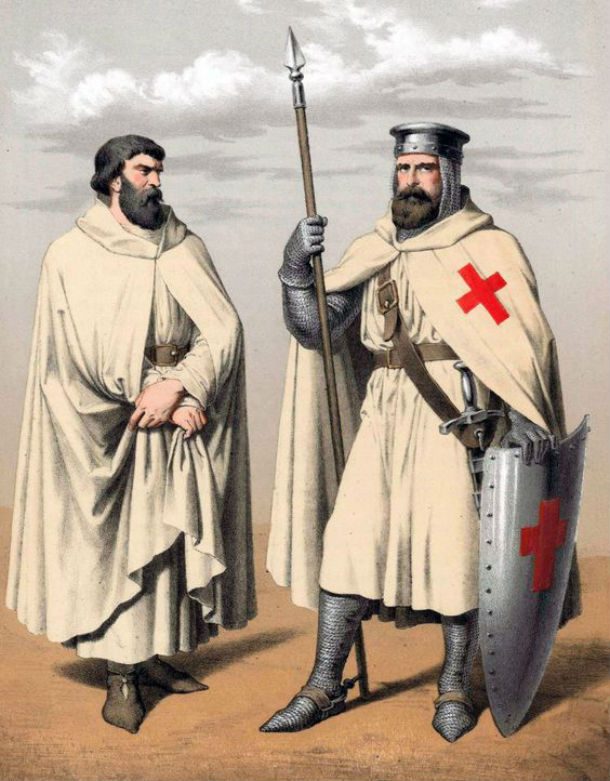
One of the most defining features of a Knight Templar were the white mantles that they wore. All knights in the order were required by oath to wear a white surcoat emblazoned with a red cross at all waking hours of the day, and they were even forbidden from eating or talking unless wearing it. Even when riding into battle, the knights would proudly don their white mantles over their chainmail, and would outfit their horses with white caparisons that also displayed the Templar red cross.
The Templar Cross
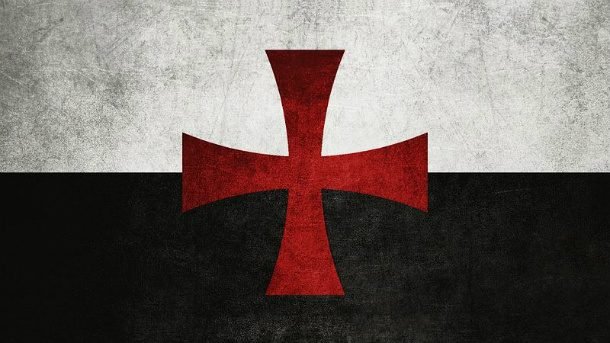 http://www.medievalwarfare.info/templars.htm
http://www.medievalwarfare.info/templars.htm The red cross is probably the most well recognized symbol of the Templars, as it was displayed on everything from their banners, to their clothing, and even on the barding of their horses. The crosses were usually framed by a white or black background and are thought to symbolize blood, purity, and martyrdom. The Templars were willing to lay down their lives for God and receive honor by dying in battle.
They never surrendered
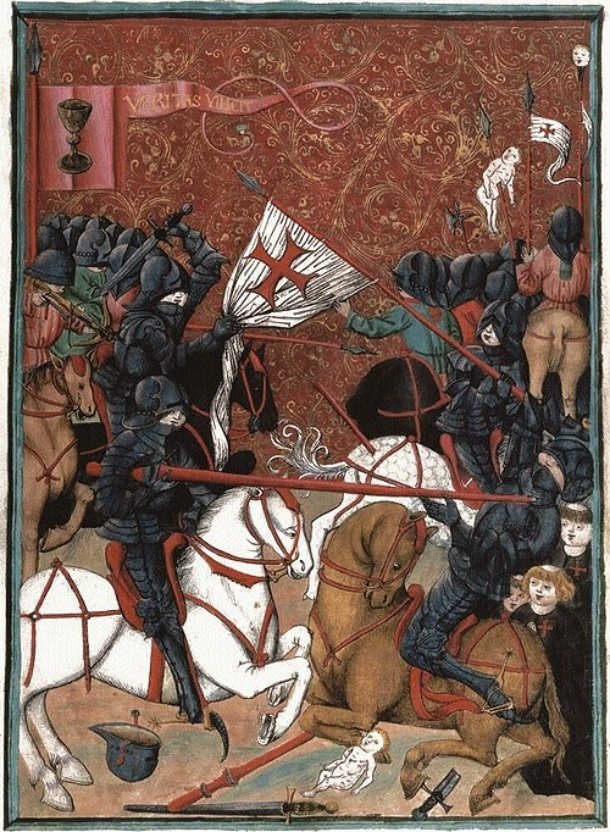 http://www.medievalwarfare.info/templars.htm
http://www.medievalwarfare.info/templars.htm The Knights Templar had a very strict set of rules when it came to warfare. One of the most important rules was that a knight could never surrender while the red cross still flew over the battlefield. As part of their oath, all Templars agreed to lay down their lives for the order should the need arise, meaning they could not lay down their weapons or attempt a retreat until all the flags had fallen. When paired with their excellent training and heavy armaments, this uncompromising devotion and willingness to fight till their last breath made Knights Templar one of the most fearsome adversaries anybody could face on the battlefield.
They had no set method of martial training
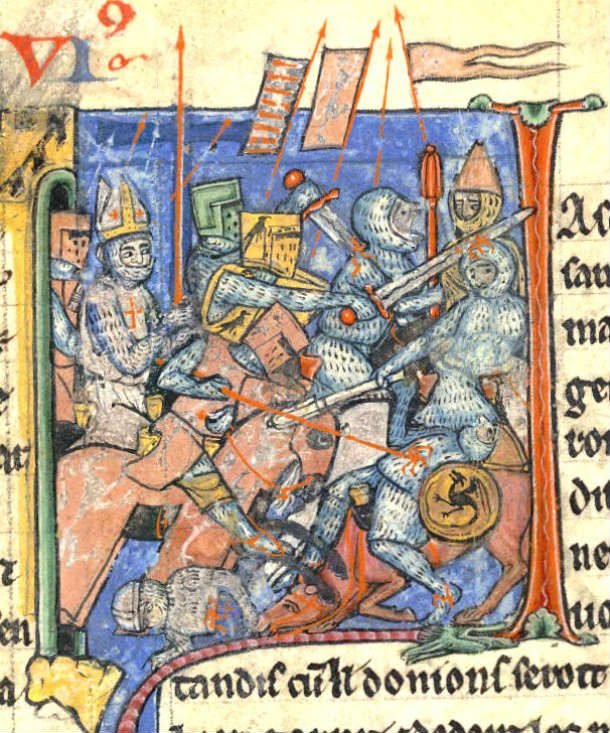 https://www.realmofhistory.com/2016/04/15/10-incredible-facts-knights-templar/
https://www.realmofhistory.com/2016/04/15/10-incredible-facts-knights-templar/ There is no argument that the knights of the Templar Order were well-armed and incredibly well-trained. Surprisingly, however, there were no set regulations or standards of training set by the order. This is likely because knights were already expected to have received training before becoming a Templar. Although they did not train together, all Knight Templars would have been adept with swords, polearms, and horseback riding, as well as have a good understanding of fighting tactics.
The Templar Eschielle
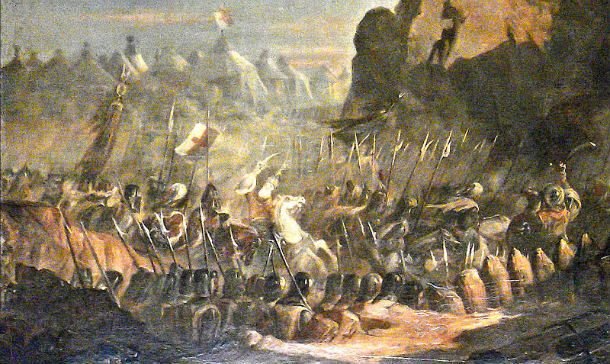 https://www.realmofhistory.com/2016/04/15/10-incredible-facts-knights-templar/
https://www.realmofhistory.com/2016/04/15/10-incredible-facts-knights-templar/ Templars were masters of the eschielle, or squadron, and their deadly organized charge was incredibly effective on on the battlefield. The knights would form a tight-knit formation and charge the enemy head-on on horseback with the goal of breaking a hole in the enemies’ defenses, that could be exploited by infantry or other soldiers, to scatter the enemy and win the day.
While simple in concept, the tactic was incredibly difficult to pull off in the heat of battle and required excellent organization, horsemanship, and well-armed soldier units trained to exploit the tactic. The technique almost always secured a victory when executed effectively. However, when imperfect, there was a chance it could leave the knights scattered and stranded behind enemy lines.
Most were not knights at all
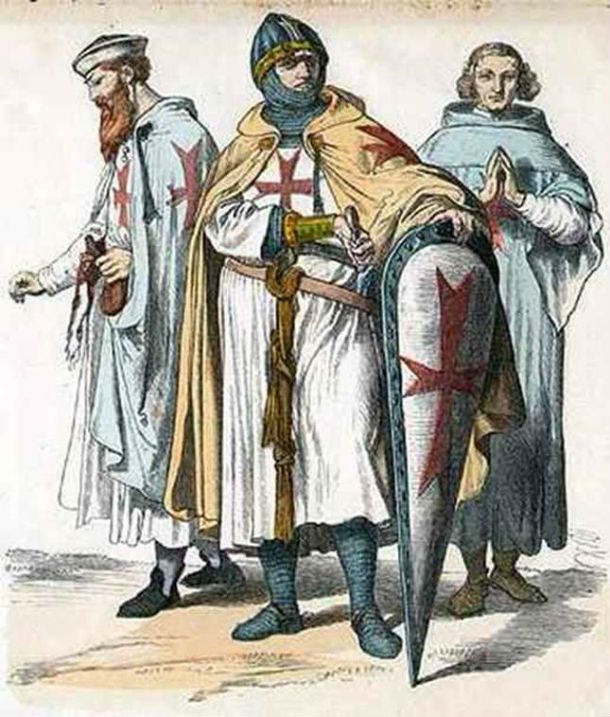 https://www.ancient.eu/Knights_Templar/
https://www.ancient.eu/Knights_Templar/ Although the primary function of the Knights Templar was their military power, a vast majority of the order were not knights at all. At any one time there were only a couple hundred true knights within the Templars, with the rest of their vast membership being made up of infantry soldiers and non-combatants including squires, priests, laborers, and even women.
Mercenary soldiers
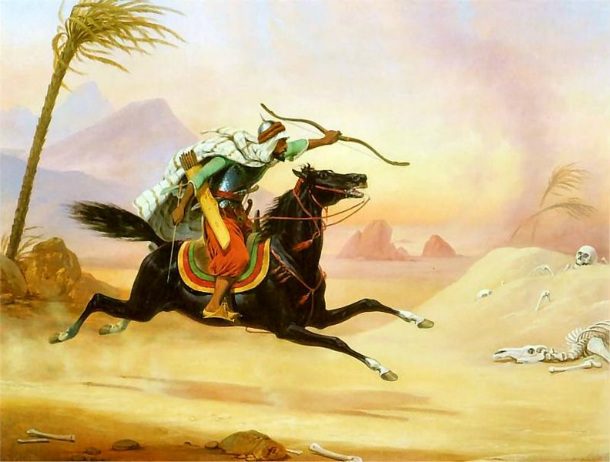 https://www.realmofhistory.com/2016/04/15/10-incredible-facts-knights-templar/
https://www.realmofhistory.com/2016/04/15/10-incredible-facts-knights-templar/ The Knights Templar were not opposed to hiring mercenary armies to back up the knights’ charge on the battlefield. Especially during the time of the Crusades, the Templars were known to recruit help from Turcopoles, Anatolian light cavalry and horse-archer units made up of Christianized Seljuks and Middle Eastern Orthodox Christians. Some mercenaries would even go on to join the Templars officially as non-knighted combatants, known as Sergeants.
Women in the Templars
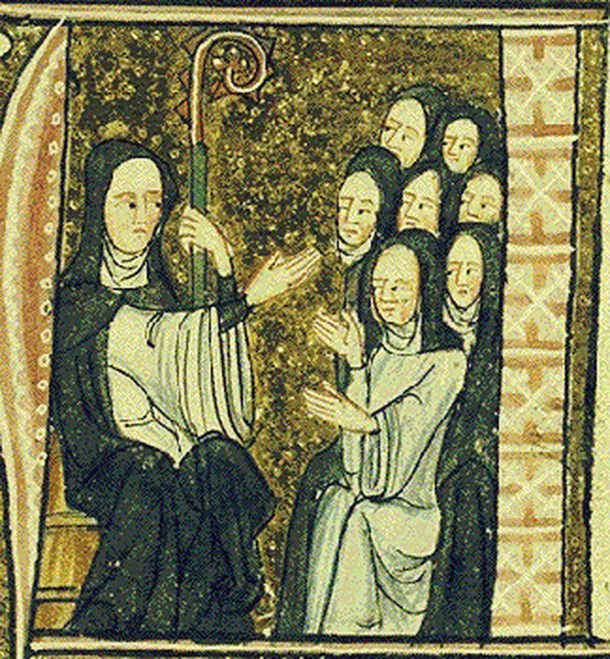 https://www.realmofhistory.com/2016/04/15/10-incredible-facts-knights-templar/
https://www.realmofhistory.com/2016/04/15/10-incredible-facts-knights-templar/ Although they couldn’t become knights, since women of the era were not expected to fight, many Templar chapters did include women who would aid in the spiritual endeavors of the order. Most of these women were nuns who would help the priests with their prayers, as well as offering medical and psychological assistance to soldiers returning from the battlefield. Women, as well as men, could also become associate members by making regular donations to the order, despite never taking the oaths required to become a full Templar.
Knights often sported huge beards
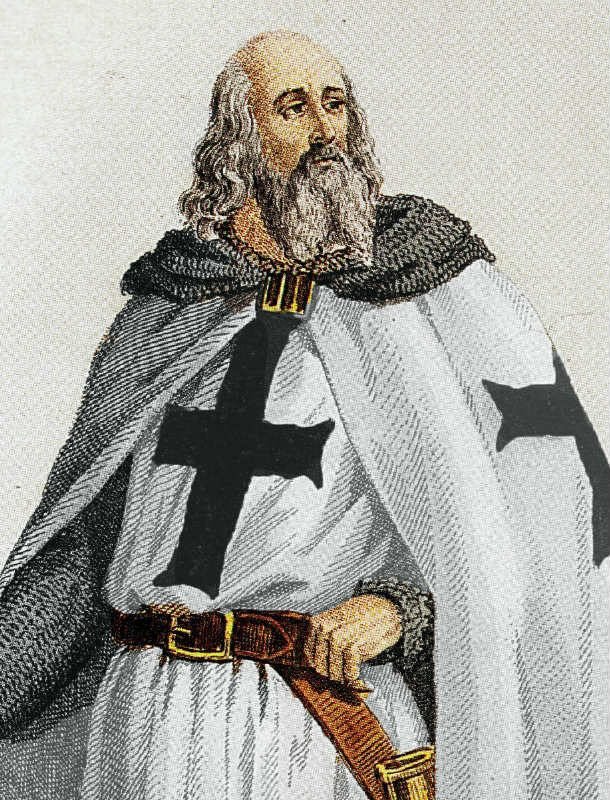 Source: http://www.medievalwarfare.info/templars.htm
Source: http://www.medievalwarfare.info/templars.htm Although never technically required by Templar law, the monastic lifestyle of the knight’s often meant that they would end up growing out huge bushy beards. After it became popular, a large beard turned into one defining characteristic of a Templar’s appearance, even earning them the nickname of “The Order of Bearded Brethren.” Late in their existence, when the Templars became the targets of political subterfuge, many of them shaved their beards to avoid detection and capture.
They owned land across Europe
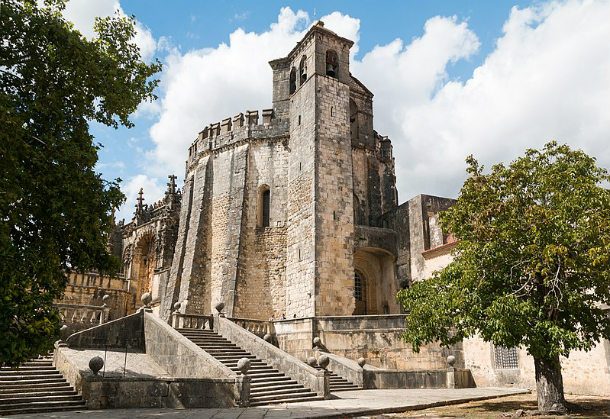 Source: https://www.ancient.eu/Knights_Templar/
Source: https://www.ancient.eu/Knights_Templar/ At the peak of their power, the Templars occupied lands all across Christendom, with large estates located in England, Portugal, Bohemia, and everywhere in between. At one point, they even grew so powerful that they owned the entire island of Cyprus in the Eastern Mediterranean. All this land gave the Knights Templar huge resources at their disposal from which they could draw manpower, equipment, and funds. They even formed a sizable naval fleet which patrolled the coasts of southern Europe, Anatolia, and Syria.
They had their own form of feudalism
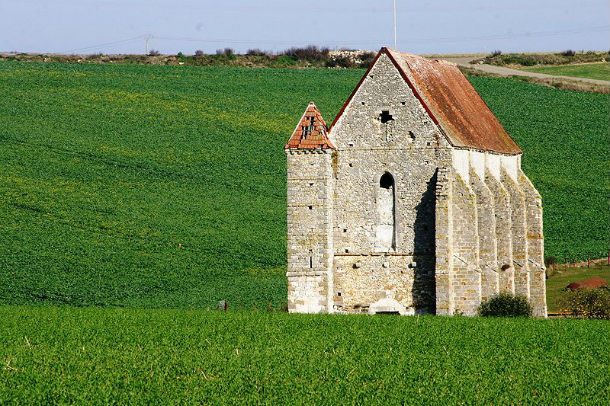 Source: https://www.realmofhistory.com/2016/04/15/10-incredible-facts-knights-templar/
Source: https://www.realmofhistory.com/2016/04/15/10-incredible-facts-knights-templar/ As the Templar order gained more and more land, they soon found themselves needing a system to govern over their new subjects. They established a type of alternate feudalism and divided up their land into autonomous provinces based around the languages spoken, each governed by a supreme ‘Grand Master’ who oversaw both the civilians well-being and the affairs of the Templar order within the province. Communication between provinces was important and ensured the order remained a single organization. Local problems would always be left up to the jurisdiction of the regional Grand Master.
They created one of the first modern banks
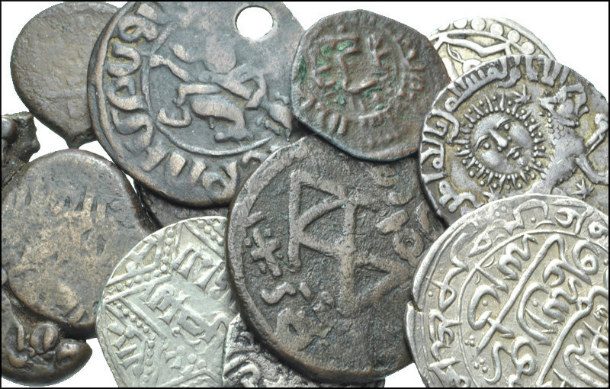 Source: https://www.ancient.eu/Knights_Templar/
Source: https://www.ancient.eu/Knights_Templar/ Because they were often so secure and well documented, many Templar monasteries were sought out by locals as a safe place to store precious valuables and important documents. Due to this, the Templars created one of the first “modern” banks in history with ways for people to store their wealth, take out loans, and even write checks. The system became so prevalent across medieval Europe that many kings and wealthy nobles entrusted their fortunes to the Templar banks.
They had a secret cypher
 http://www.medievalwarfare.info/templars.htm
http://www.medievalwarfare.info/templars.htm With the institution of an early banking system, the Templars needed to share financial or confidential information with other sects in the order. To accomplish this, the Templars created an early cipher. Although seemingly simple to us today, it would have been almost impossible to solve in the medieval period. The cipher was similar in nature to a common pigpen or tic-tac-toe cipher. However, it was based off of a variant of the Maltese Cross instead of the traditional grid.
The Knights lived in poverty
 http://www.medievalwarfare.info/templars.htm
http://www.medievalwarfare.info/templars.htm Despite the vast wealth and property of the Templar order, the individual knights were expected to willingly sign over all of their materiel wealth to the order as well as take vows of poverty, chastity, piety, and obedience similar to a monk. Still the knights had more freedom than the average monk. They were permitted to leave the monastery on their own time as well as substitute lighter linen robes for the customary woolen robes of monks to make summer heat slightly more bearable.
The Holy Grail
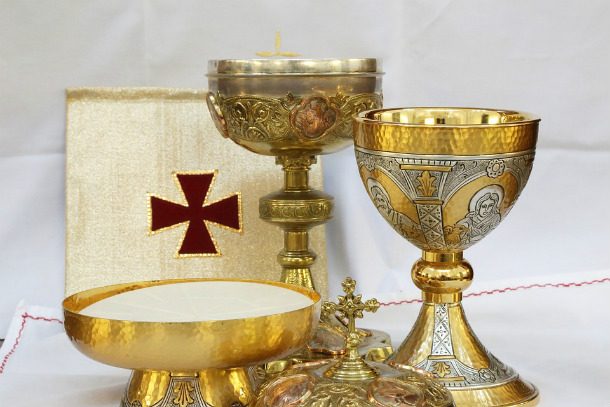 http://www.medievalwarfare.info/templars.htm
http://www.medievalwarfare.info/templars.htm It wasn’t just “The Da Vinci Code” author Dan Brown who created the idea of connecting the Templars with the Holy Grail; the mythical chalice which once held the blood of Jesus Christ. In fact, the Knights Templar inspired conspiracies involving religious artifacts such as the Grail and the Ark of the Covenant as early as the 12th century due to the orders’ secrecy and close ties to both the pope and the Holy Land of Jerusalem.
In reality, no proof of the Templars searching for, or much less recovering, any of the legendary relics exists, and some historians believe stories of Templars trying to retrieve the Holy Grail are actually allegories meant to represent the Templar effort to retake Jerusalem during the Crusades.
They were above the law
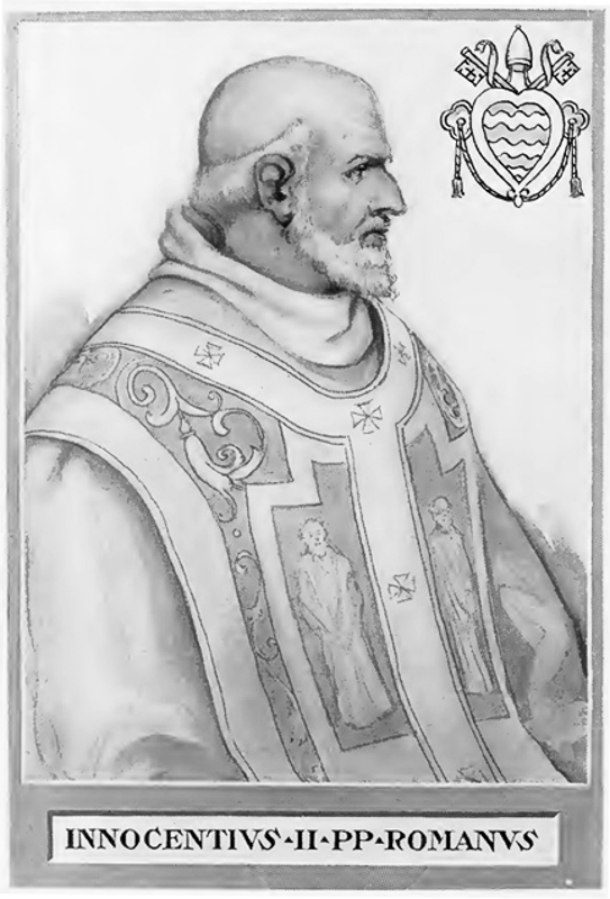 http://www.medievalwarfare.info/templars.htm
http://www.medievalwarfare.info/templars.htm The Knights Templar had one major perk of being above all local and regional laws. Instead, they only answered to the pope. This ruling was put into affect in 1139 CE by Pope Innocent II as a justification to allow knights to travel freely across borders without having to deal with any local government hindrances. They didn’t have to pay most taxes and were virtually above the law.
Their power eventually led to their downfall
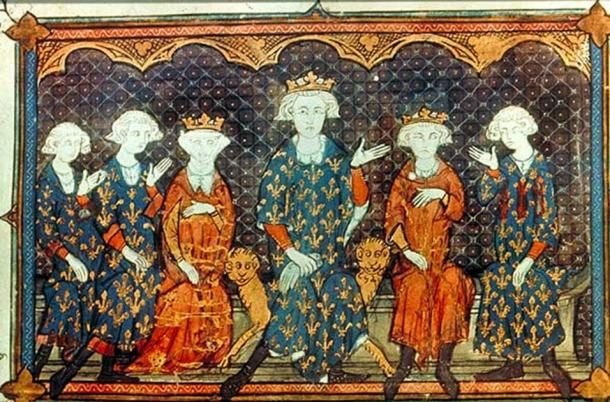 https://www.ancient.eu/Knights_Templar/
https://www.ancient.eu/Knights_Templar/ The Templars’ accumulation of riches and land made a number of powerful enemies. Many of them felt threatened by the control the Templars had over Europe. After the Crusades, the Templars saw a notable drop in support as many people became wary of the order’s vast wealth and power. Their enemies seized the opportunity.
Rumors of corruption and avarice spread across the continent, encouraged by the kings and nobles who felt threatened by or were just jealous of the Templars. One such enemy was King Philip IV of France, whose hatred and distrust of the Templars was the spark that would eventually bring an end to the order once and for all.
A possible origin of the unlucky Friday the 13th
 https://www.ancient.eu/Knights_Templar/
https://www.ancient.eu/Knights_Templar/ There are many theories as to the origin of the unlucky Friday the 13th, but one of the more compelling beliefs is the importance of the day to the downfall of the Templars. On Friday the 13th of October, 1307, King Philip IV ordered the arrest of all Templars in France on the charges of idol worship, homosexuality, disrespecting the cross, and the denial of Christ, among others.
Philip extracted confessions from a number of the knights, including the last surviving Grand Master Jacques de Molay, through torture. He eventually convinced Pope Clement V of their guilt, leading to the arrest and subsequent burning at the stake of all Templars throughout Western Europe. Although many historians argue about what exactly drove King Philip to such measures against the Knights Templar, one of the most prevailing theories was he owed them more money than he could afford to pay.
The Chinon Parchment
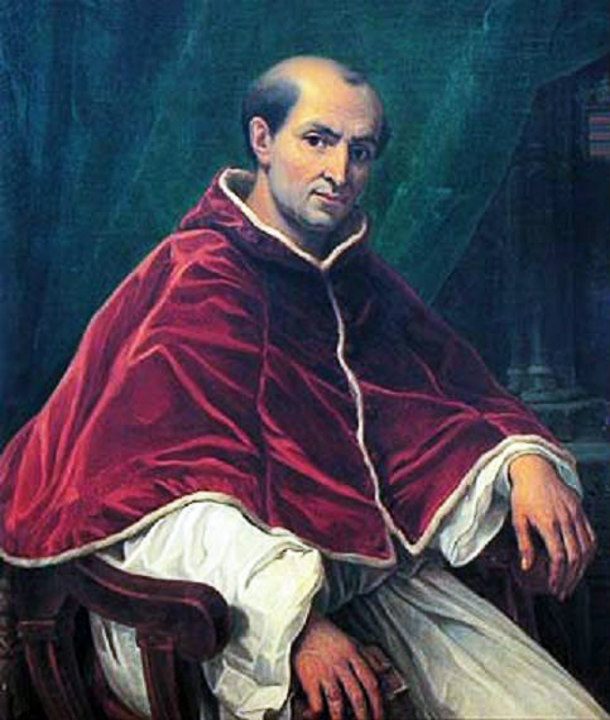 http://www.medievalwarfare.info/templars.htm
http://www.medievalwarfare.info/templars.htm Not discovered until 2001, the Chinon Parchment was an official ruling by Pope Clement V dated to August, 1308 CE, which effectively exonerated the Knights Templar of all the charges levied against them by King Philip.
From it we can learn how the pope was pressured into disbanding the order by the king of France, and it has since led the Roman Catholic Church to officially acquit all of the Templars tried and executed on charges of heresy.
They were active for nearly two centuries
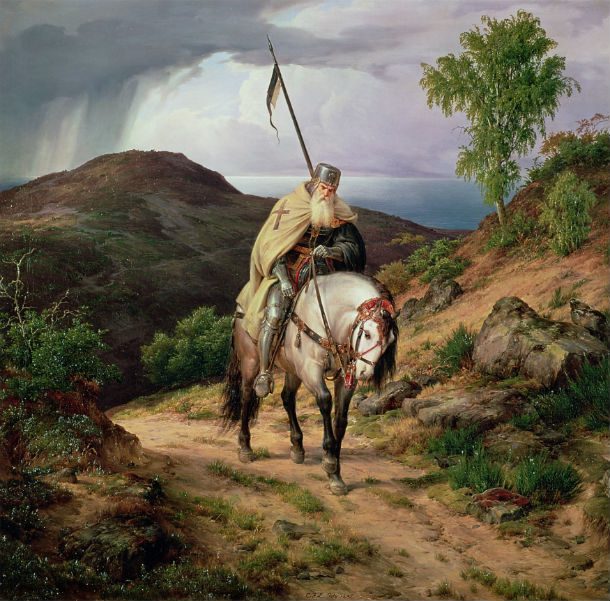 http://www.medievalwarfare.info/templars.htm
http://www.medievalwarfare.info/templars.htm From their humble beginnings in 1119 CE, to the mass trials and executions in France of 1307 and 1308, and finally their official disbanding at the order of Pope Clement V in 1312, the Templars were active for nearly two centuries during some of the most turmoil filled years in all of Christian history.
Although that time is relatively short in relation to some of the other religious orders such as the Knights Hospitaller and the Teutonic Order, there is no doubt that the impact of the Knights Templar shaped the development of the western world for centuries after their eventual destruction.
Even today the memory of what the Templars were and what they stood for lives on in our books, movies, and video games. Love them or hate them, there is no doubt that the legend of the Templars will continue to intrigue us long into the future.
You love history. That’s okay; we do, too. You should read Bizarre Facts to Put History into Perspective



























